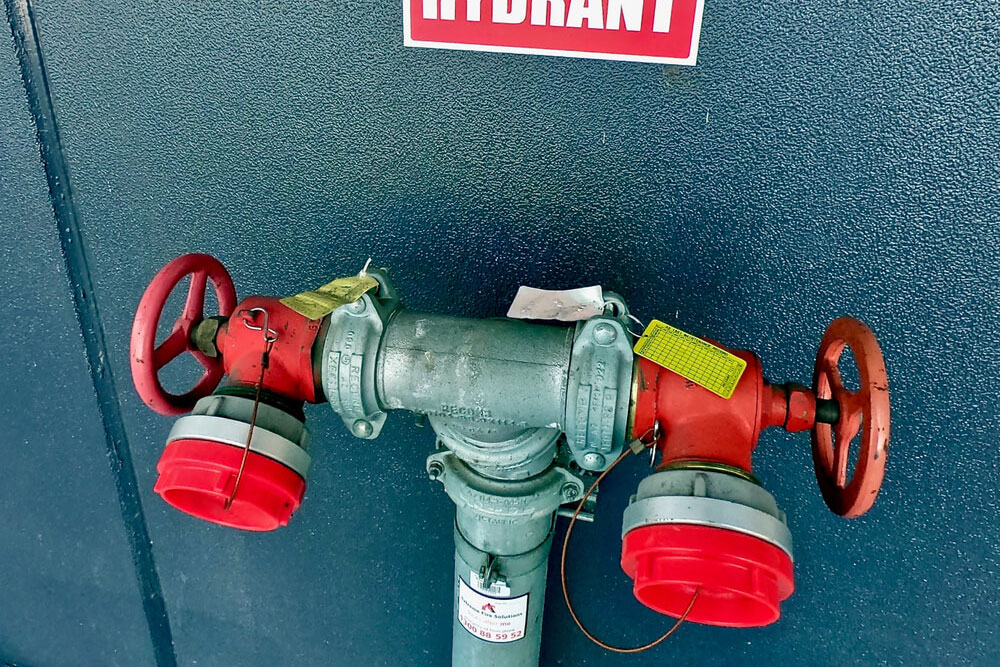The inventor of the modern fire hydrant cannot be exactly named because, ironically, the original patents registered by the Philadelphia Water Works appeared to have been lost in a fire! Another theory is they were destroyed due to a dispute over who the exact Inventor was. What we do know is that it was the engineer working for the City around 1801. The chief engineer at that time was a Mr. Frederic Gaff Snr and he has been attributed as the inventor in the absence of the exact individual.
A former carpenter, Gaff ‘s teams original design was a simple wooden barrel filled by the city’s water supply with a valve fitted to it. The build-up of water in the barrel provided the required pressure to fill a simple fire hose to deliver water to the base of the fire. Although now we would regard this system as archaic, the team had created a system that highly exceeded the manned bucket chain system implemented at the time.
How to use fire hydrant system
A fire hydrant system is simply a system of connected water pipes that fire fighters can connect to tap into a continuous pressurised water supply – the availability of fire hydrants is essential in building fire protection plan. Fire hydrants are used to extinguish and control the spread of fire and protect neighbouring properties. Although fire hydrants are installed within and around properties for use by the fire brigade personnel, they may also be used by trained personnel living or working within the building.
For the purpose of this information booklet we will be focusing on the Australian Standard 2419 – the systems that are typically installed at Australian multiple residences such as apartment buildings, aged care buildings and other commercial buildings. Information on street hydrant systems that are typically maintenance by local councils will be a subject for another day.
The performance requirements for AS2419 systems are listed below – this gives an indication of the authority of a system to assist extinguishing a fire. Please note this is not an exhaustive list, AS2419 contains many tables for the design specification of a system – this is just a guide to the ability of a system.
- Feed Hydrant – 10 Litres per second @ 200kpa
- Attack fire hydrant (unassisted) – 10 Litres per second @ 350kpa
- Internal and external fire hydrants when boosted by a fire brigade pumping appliance – 10 Litres per second @ 750kpa
We hope this has been an informative and entertaining look into the history and performance of fire hydrant systems. For more information regarding this fascinating subject please contact Fire Safe ANZ for a full eBook on Fire Hydrant Systems.
About the Fire Safe Group
At Fire Safe ANZ and East Coast Fire & Safety, we have been committed to providing quality fire protection and electrical contracting to companies across Australia and New Zealand since 2002.
Although our head office is based in New South Wales, we have technicians strategically located across both Australia and New Zealand to service over 6,500 client sites.
Please contact us today to discuss any of your fire protection needs.

